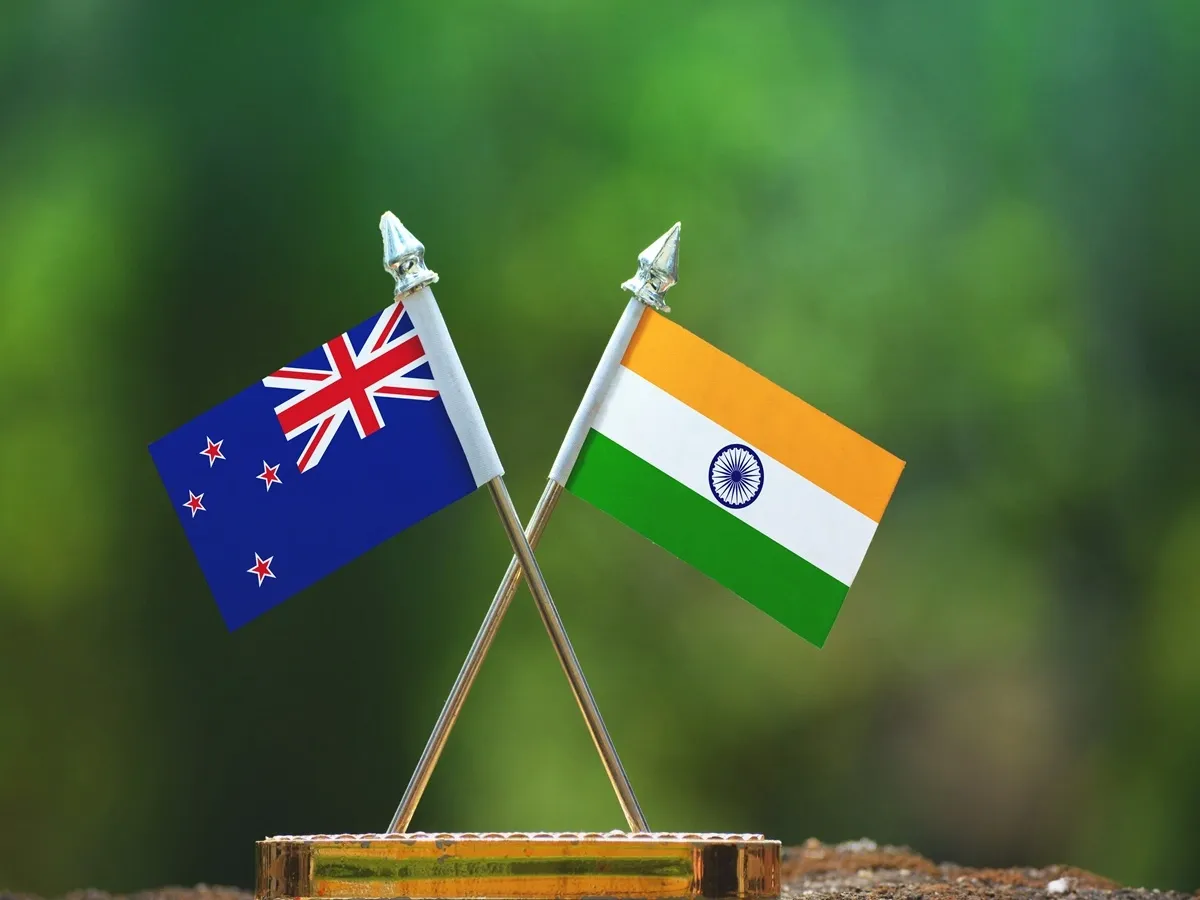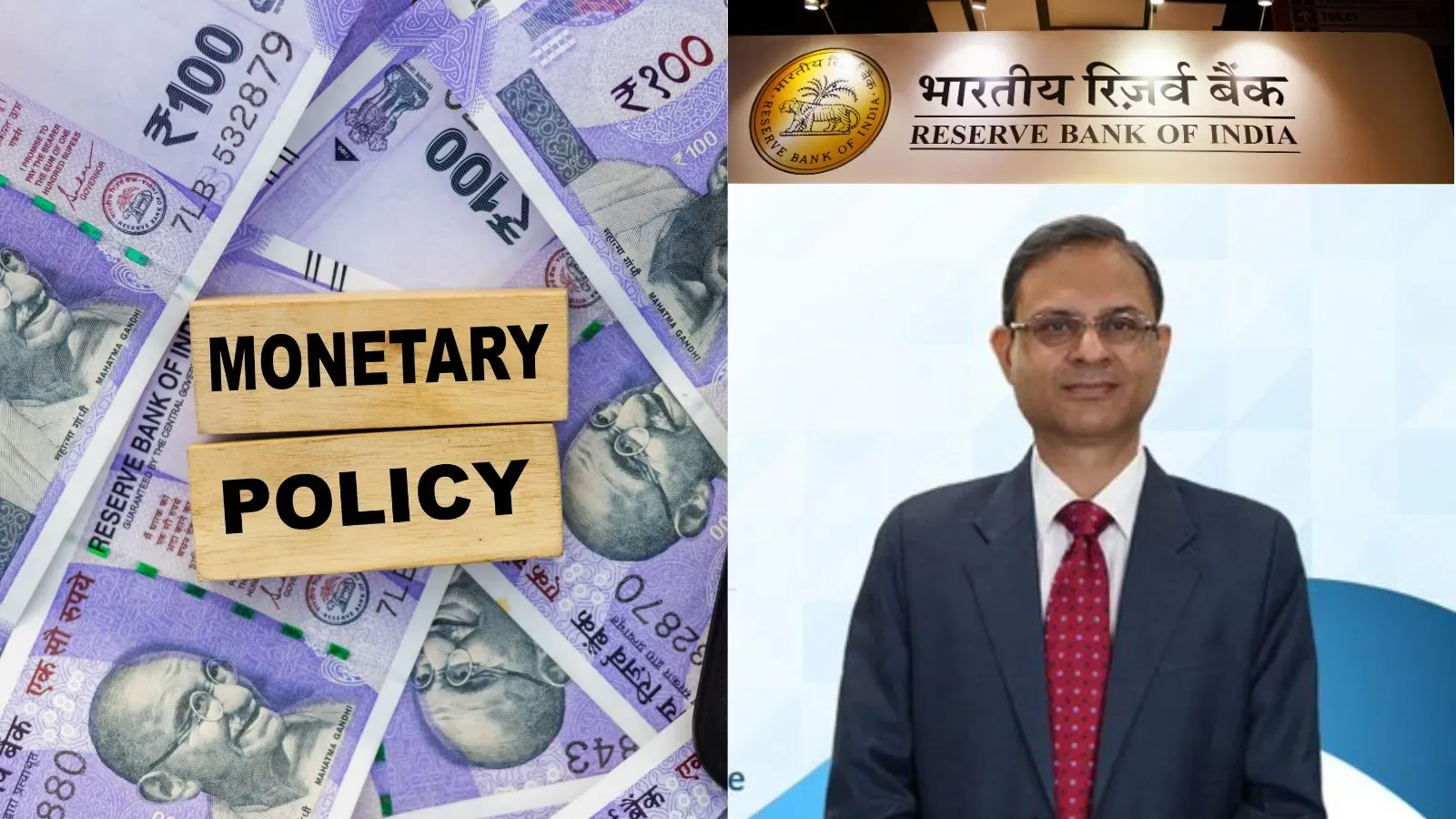Business News
Is India finally closing its trade deal with New Zealand? Here's what we know
.png)
3 min read | Updated on November 12, 2025, 13:56 IST
SUMMARY
The update follows Commerce Minister Piyush Goyal’s visit to Auckland, where he met New Zealand leaders and business groups to advance the deal.

India’s bilateral merchandise trade with New Zealand stood at $1.3 billion in 2024–25, up nearly 49% from the previous year, according to government data.
Negotiations for a proposed free trade agreement (FTA) between India and New Zealand are nearing completion, according to a senior Indian government official.
Commerce and Industry Minister Piyush Goyal recently concluded a visit to Auckland, where he met New Zealand leaders and business representatives to push the long-pending trade pact forward.
“Negotiations are almost completed… may take a few more weeks,” the official said, adding that New Zealand Trade Minister Todd McClay is expected to visit India on Friday for further talks.
The latest round of negotiations, the fourth since talks resumed earlier this year, focused on goods market access, services, investment, and economic cooperation.
Goyal said the two nations have agreed to work toward an “early conclusion of a balanced, comprehensive, and mutually beneficial agreement.”
During the trip, he also met with Indian business leaders and members of the diaspora to explore opportunities in education, tourism, and digital innovation.
How did the FTA talks evolve over time?
The two countries first began negotiating a Comprehensive Economic Cooperation Agreement (CECA) in 2010 to expand trade in goods, services, and investments.
However, discussions stalled in 2015 after nine rounds.
The talks were formally relaunched in March 2025 as part of efforts to strengthen economic relations between the two democracies.
Trade between India and New Zealand
India’s bilateral merchandise trade with New Zealand stood at $1.3 billion in 2024–25, up nearly 49% from the previous year, according to government data.
India mainly exports pharmaceuticals, textiles, machinery, refined petroleum, and agricultural equipment to New Zealand, while importing agricultural products, minerals, meat, dairy, and timber.
New Zealand’s average import tariff is only 2.3%.
What new opportunities could the FTA unlock?
The agreement could pave the way for enhanced cooperation in education, technology, and tourism, areas where both nations already have growing ties.
India is New Zealand’s second-largest source of international students, and direct air connectivity between the two countries has been expanding.
Voices from the Indian Diaspora
The Indian community in New Zealand, numbering over 300,000, has welcomed the progress on the FTA, viewing it as a key step toward deepening bilateral engagement.
“I see huge opportunities for our two nations to work together, not only in trade, but in areas like education, tourism, and innovation-driven industries such as premium beverages and technology,” said Rani Singh, a computer engineer based in Auckland.
She said India’s technological scale and talent, combined with New Zealand’s innovation and research strengths, could foster partnerships in AI, cybersecurity, and digital learning.
Ajitesh Shekhar, a management professional, said that improved air connectivity and smoother visa processes could help boost two-way tourism.
“Direct connectivity, smoother visa processes, and co-branding of destinations could help build two-way tourism,” he said.
Indian firms such as Tata Consultancy Services, Infosys, HCL, Tech Mahindra, and Dr. Reddy’s Laboratories already have a presence in New Zealand.
There are over three lakh Indian diaspora in New Zealand. Around 70,000 persons are estimated to be Indian passport holders, and Hindi is the fifth most spoken language in that country.
Indian diaspora is mainly engaged in professional activities, including doctors, professors, engineers, chartered accountants and computer experts. There are Indian associations in all major towns, which help the community nurture its cultural heritage.
By signing up you agree to Upstox’s Terms & Conditions
About The Author
Next Story

